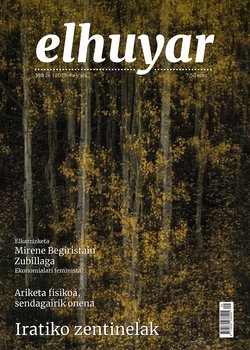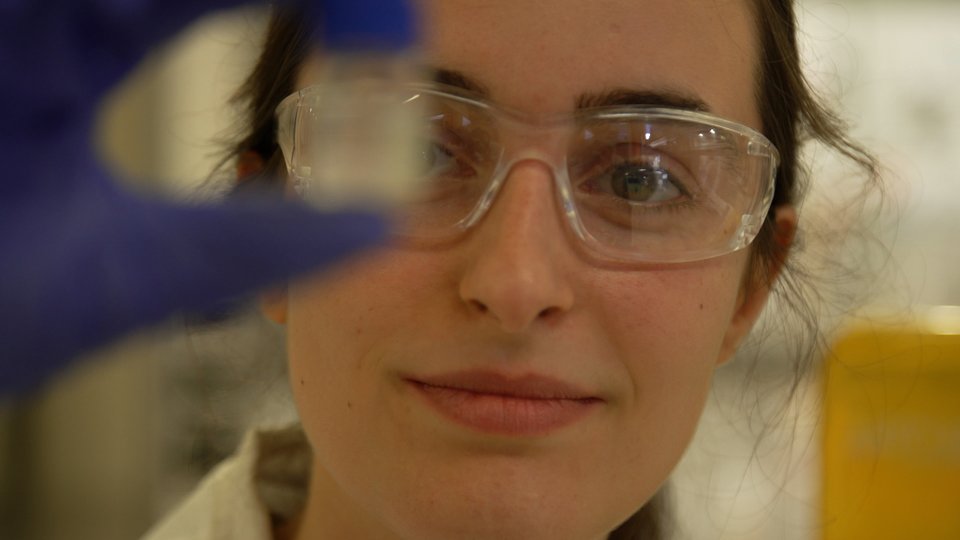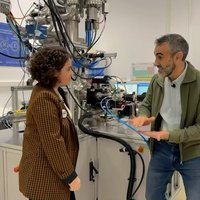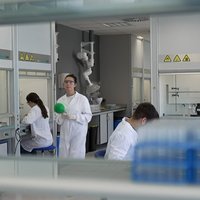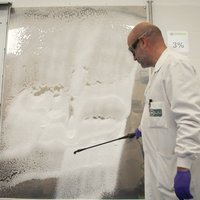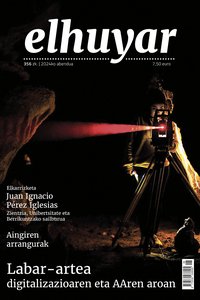The Turing machine
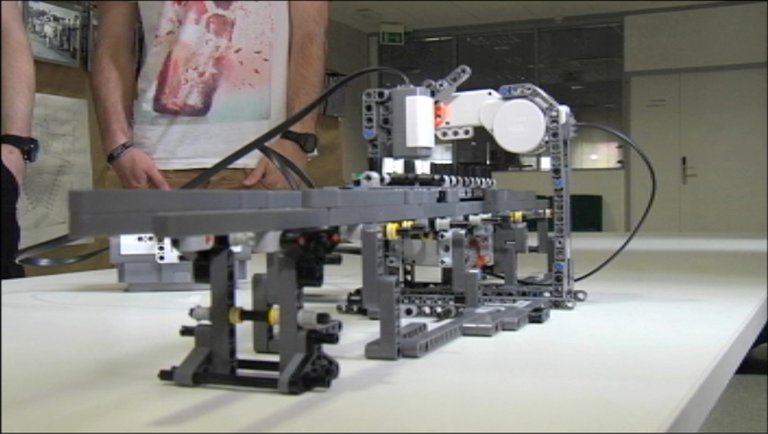
It’s hard to imagine life without computers. They have spread everywhere, and we use them for almost anything in our daily lives. The offer is also growing: tablets, laptops, smart phones,...
But the forerunner of all of them is one: "Turing's Universal Machine", proposed by Alan Turing in 1936. Turing’s machine was not a real machine, but an idea that he developed on a theoretical level, receiving orders, able to do anything.
BY JESUS:
We can say that Turing has entered our lives through all the ins and outs we can hope for, right?
We see that his idea is included in almost all current electronic devices.
What has been learned? Of course, it has somehow been learned to handle the matter better, to master it. For example, if you take cell phones, what mostly changes? It's not what happens inside. It mostly changes, for example, the possibility of interacting with them. For example, the tactile screens appeared, and well! The revolution of Christ! This is different. That's not processing.
Then, above all, we will see in the outer layers new inventions to seduce them still in some way; but what is at the core, after all, always applies the same principle.
At that time, in the 1940s, there were machines, but they were only capable of one action. The one that was designed to make sums could only make sums. Designed to make multiplications, just multiplications. There was a need for another corkscrew machine, another one for cars, ...
But Turing turned this idea upside down and proposed that we could do different things using a single machine. The key was in using different command schemes, in programming. It was the foundation of modern computing.
BY JESUS:
If you want a machine that puts wine in bottles and corks it, you need a design. And another car building machine, another one. But with the information Turing found that it was possible, using the same machine, to just change the ordering scheme, to be able to do different things. That’s what we see in today’s computers, they seem to have no limits, anything can be programmed.
He discovered this and designed the minimum machine that can be made through it. This is what he called the “universal machine”; which was capable of simulating or repeating the behavior of all other machines.
In fact, two such machines have been built by students of the Faculty of Computer Science 2.mailako.
One, the logical one. The other is physical.
THE IKER:
we made it like a graphic construction of that. We have installed a lot of screens through computers and imagine what it would be like there.
THE AXEL:
What Turing proposed is what the machine needs is a reader and a writer and then a tape.
THE IKER:
Then the others have done it, the Spanish team, using pieces from Lego to physically design the Turing machine.
THE IKER:
Some things were good to do, but other times we had problems, and we didn't know how the problem would be... what it would be. We finally did it, but it brought us a lot of headaches.
THE AXEL:
We had a lot of problems with synchronization, for example, because it was very difficult to know which machine... how much it would cost to move. I don't know, maybe one machine can do it in a second and another takes two seconds. So that synchronization was difficult to achieve.
THE IKER:
You can't calculate in hours because I lose the account. We spent a lot of time and hours, but we also had a lot of fun.
Buletina
Bidali zure helbide elektronikoa eta jaso asteroko buletina zure sarrera-ontzian


